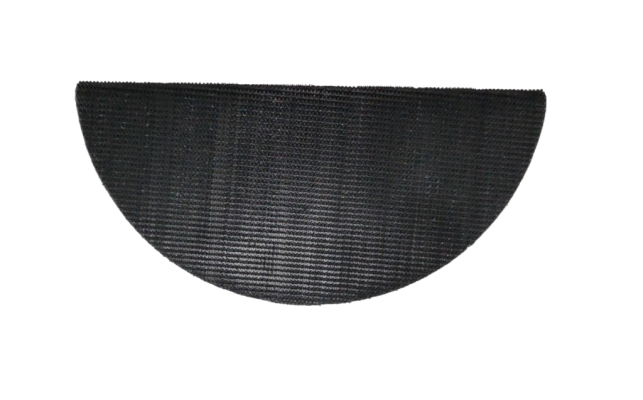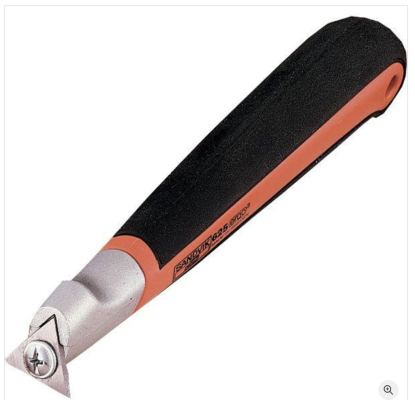GREZ
Member
- Joined
- Jan 8, 2024
- Messages
- 6
- Vessel Name
- Slow Groove
- Vessel Make
- 1983 34' Marine Trader DC
For my 34' Marine Trader, I am having the hull painted by a professional, but am doing the prep myself. A PO had applied a clear coat that is flaking badly in places, and totally gone in some other places. My job is to sand the remaining clear coat off, down to the 'paint'. The hull is fiberglass, with the little horizontal grooves to simulate wood plank joints, and the clear coat is perfect in those grooves.
Question is... what is the efficient, effective method to remove that clear coat? A special tool perhaps? My elbow? Chemicals? If you have 'been there' any experience or advice is most welcome. And as always, Thank You!!
Grez
Question is... what is the efficient, effective method to remove that clear coat? A special tool perhaps? My elbow? Chemicals? If you have 'been there' any experience or advice is most welcome. And as always, Thank You!!
Grez


